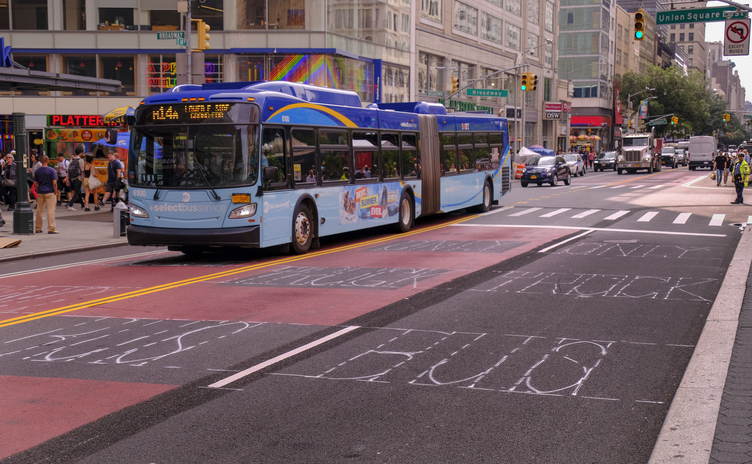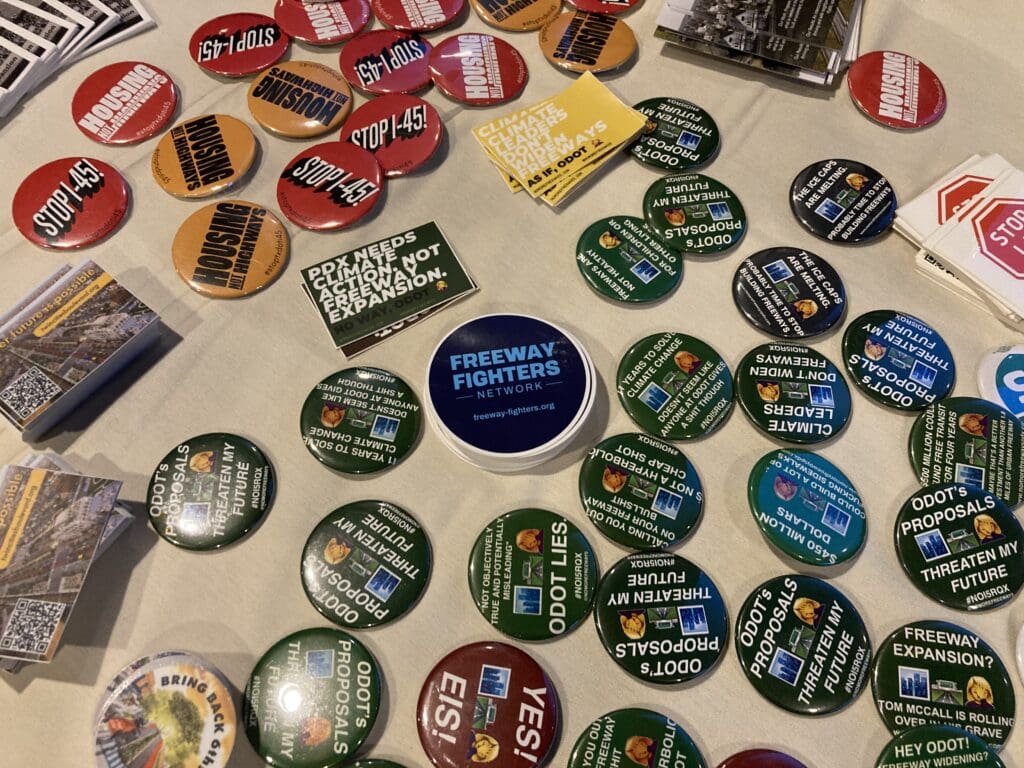
Early this year 200+ organizations nationwide called for spending on “Communities Over Highways”, and right now we’re seeing that exact conflict play out in New York as Governor Kathy Hochul is trying to abandon congestion pricing in Manhattan just before it starts. If you care about transforming transportation policy in America this fight in New York is a bellwether – not just on the policy but on the politics.
The premise of our Communities over Highways call to action is that we need to replace the costs of car-centric policy with the benefits that come from investing in walkable communities, transit, and smart land use. That’s the underlying logic of the congestion pricing debate in New York. Opponents of congestion pricing, and the governor, focus on the expected cost to people driving. But the reason the plan was adopted, after decades of work, was because of the massive benefits to the community:
- $15 billion to the Metropolitan Transit Authority to fund subway expansion, electric buses, elevators at subway stations, and sorely needed basic maintenance
- Fewer traffic deaths and injuries
- Reduced pollution
- Reduced congestion
- And more jobs and economic activity
One must also consider the context of central and lower Manhattan, where the congestion pricing zone applies. Massive highways lead to bridges and tunnels that dump tens of thousands of cars onto local streets that cannot possibly accommodate all of them. Gridlock is real: “You have to be crazy to drive in New York” is a common phrase. But like some automobile version of Critical Mass bike rides, drivers show up every day to bring buses, cabs, bicyclists, pedestrians and themselves into a tangled knot of frustration, stress and pollution. Drivers are about 5% of daily commuters to lower Manhattan, and sensibly managing that would benefit everyone else.
Central and lower Manhattan is also one of the best served transit hubs in the nation, and most commuters in the New York metro region do not rely on cars. Their transit infrastructure is desperately in need of basic maintenance and expansion. Indeed, it was a crisis in transit funding that led to consideration of congestion pricing to fund transit, which won support from the Governor and state legislature.
Here is where the politics come into play. We all know how often good policy is defeated by decision makers choosing to prioritize car-centric infrastructure. But the blowback to the Governor’s about face on congestion pricing is fierce. A broad coalition of advocates inundated the state legislature to reject the Governor’s proposal, which then adjourned with its approval for congestion pricing intact. It is fair to say that neither the Governor or the legislature expected the depth of the public response.

The fate of congestion pricing remains unclear, as proponents and opponents argue over whether the Governor can act unilaterally to block it. But one takeaway is clear. The demand for cleaner and more equitable transportation policy is only growing. The standard playbook – take care of cars and don’t worry about transit – did not lead to just a day of headlines and no real political pain. Instead, the Governor’s decision activated a powerful coalition for change, editorial support from the media, and an outraged public. Protests and organizing continue and there is real hope that the Governor will have to walk back her opposition.
The controversy has gone national, and not just because New York is a media center. The story is tapping into broader public sentiment that it is time to invest in transit, walking and biking, not just car infrastructure. A Washington state legislator even called for Governor Hochul to step down from a national climate leadership post due to her reversal on congestion pricing. The New York congestion pricing plan was an inspiration for other cities, but it is also part of a broader national movement. We now see more U.S. cities removing highways, stopping expansion, and reconnecting communities.
If you are in New York, we urge you to connect with the local advocacy organizations there, and take their lead to help keep up the pressure. And if you are outside of New York, take heart from their passion and organizing, and keep up the work in your community. The Governor’s position is a setback, but the public response points to the growing strength of the movement.